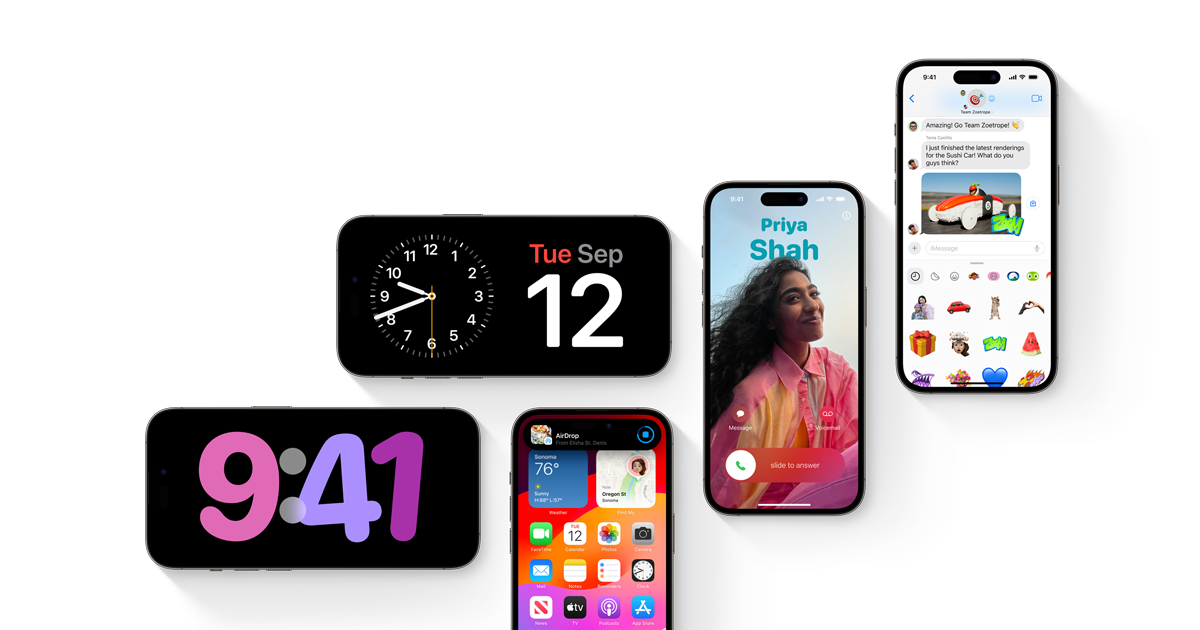Google has been working on an experimental multiwindow for Android and today I want to show you how to enable it for the Nexus 6P.
We’ve seen multiple Android smartphones come out over the last few years that have implemented their own version of multiwindow. I would say that most notably would probably be the Samsung and LG smartphones, but there are some other OEMs like Huawei that have done the same. Sadly, there’s a little drawback to their version of multiwindow. For their version of this feature to work, those OEMs have to designate(and probably add in some code) to allow those specific applications to work.
This generally results in a small selection of apps that you can enable multiwindow for, and this ruins the experience for a lot of people.
Google has actually been working on multiwindow for Android for a couple of years also, but it has(and still is) very experimental. Again, please let me stress that this can be buggy and a little finicky at times. However, the more you use it, the more comfortable and more natural it starts to be. There aren’t any fancy features like resizing how much the screen is split when two applications take up the screen(like we see on Samsung and LG devices), but this feature could be coming later. There’s really no way to tell what direction Google will take this feature in. It is rumored that multiwindow will finally debut in Android N, but again, there’s no way of knowing for sure until we see the official announcement from Google.
There are a couple of ways that you can enable multiwindow on Android 6.0+. The first way that was discovered had to do with enabling user debug mode. This did technically enable multiwindow, it also enabled other experimental features as well and this made Android unstable at times. Thankfully, an XDA user found out that all you have to do is add a single line of code to the build.prop file and you will have enabled multiwindow without all of the extra things as well.
Requirements
In order to enable multiwindow for this device, we must first unlock the bootloader of the Nexus 6P. We need to do this so that we can install a custom recovery on the Nexus 6P, and we need to do that so that we can root the Nexus 6P. At this time I would recommend that users go ahead and create a Nandroid backup of the Nexus 6P too, just so you can restore from this in case this change puts you in a bootloop.
Nexus 6P Multiwindow
- Download and Install the Build.Prop Editor Application
- Launch the Build.Prop Editor App
- If Prompted, Let the Application Have Root Access via SuperSU
- Tap the Pencil Icon at the Bottom(or the 3-dot menu at the top right and then tap on edit)
- Scroll All the Way Down to the Bottom of the Build.Prop File
- Create a New Line at the End of the File
- Then Type or Paste the Following Text. . .
- persist.sys.debug.multi_window=true
- . . .And Then Press the Save/Disk Icon at the Top Right
- If Prompted, Grant Root Access to the Application Again
- Wait for the ‘Build Prop Saved’ Toast Message to Appear at the Bottom
- Press the Home Button to Close the Application
- Then Reboot the Nexus 6P
Explanation
As mentioned, we need to add a single line of code to the bottom of the build.prop file. I recommend the editor that is linked in the guide above, but you can do this with a root explorer application or any other build.prop editor that you prefer. Once opened, we’ll need to scroll down to the bottom of the file and create a new/blank line. In this line we need to add the special code mentioned above, and then we’ll need to save the build.prop file. Once saved, the Nexus 6P needs to be rebooted in order for the changes to take effect.
Once the Nexus 6P has been rebooted, you probably won’t notice any differences until you look at the Overview menu(aka the recents page). It’s here that you’ll start to see a new icon at the right side of each application card. This icon is the multiwindow icon and tapping on it will bring up dialog style box(as shown at the top of this article). The first options tells the app you want it to be in the top position, the second option tells the app that you want it to be in the bottom position and the third option tells the app that you want it to go back into full screen mode. Like I said, it can take some time to get used to this and it might not be like this when Google releases the final version of this feature.
I would suggest that you go and experiment with all of the different ways an application will react when you put it in multiwindow mode. Some apps may crash and some apps may bug out. That is just the nature of the beast when you enable an experimental feature like this. Experimenting like this shouldn’t harm your device in any way since it is just making software changes to how the apps render on screen. So don’t be nervous and understand that you can always tell an app to go back into full screen mode by going into the Overview menu, tapping on the multiwindow icon and then tapping on the third option in the multiwindow dialog box.





Hello, thanks for your information, for me it worked on Nexus 6p marshmallow 6.0.1 (MHC19I), the only problem encountered is in the dropdown menu of some app that does not work, but nothing serious. The beauty is that this feature will be in the next release “Android N”. Thanks again. Peace and courage.
Thanks for the feedback Silvio. I have been playing with the feature on Android N and it has received quite a number of new enhancements. It’s quite nice
I did the same as u said on my lenovoa7000 6.0 rooted device I get multiwindow activated. But at the same place lock option also appearing and multiwindow option not working when I click on it as usually lock option working